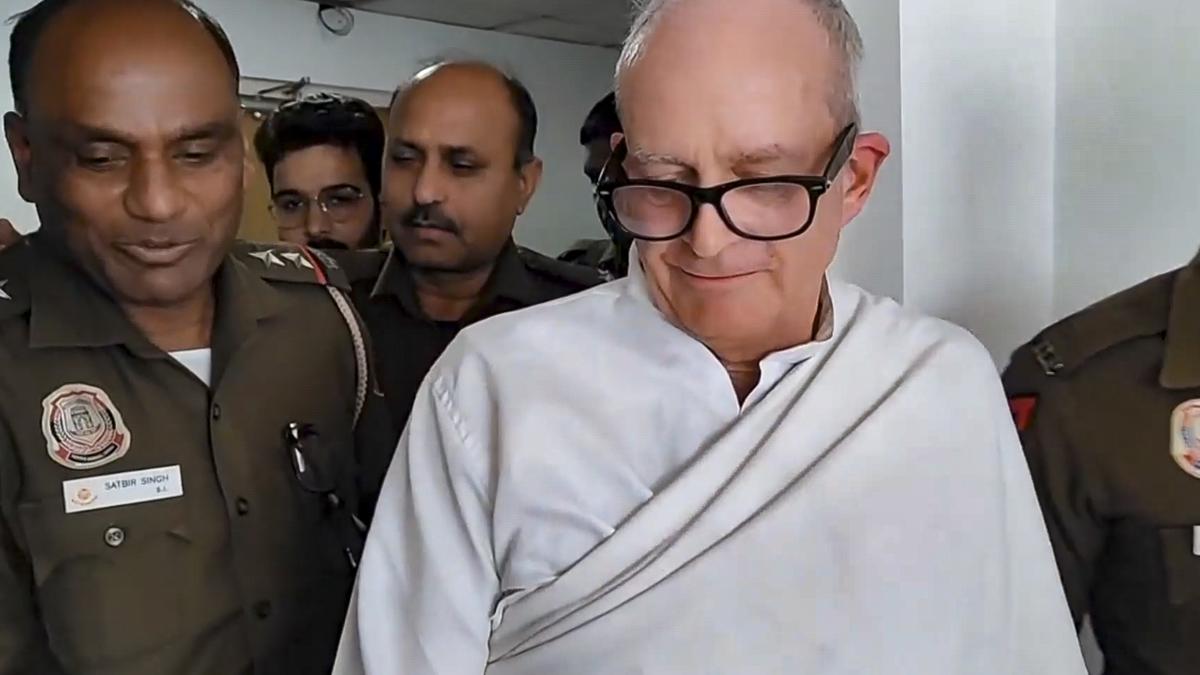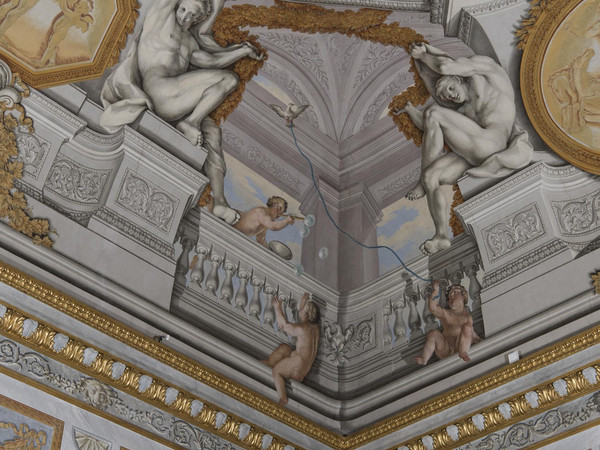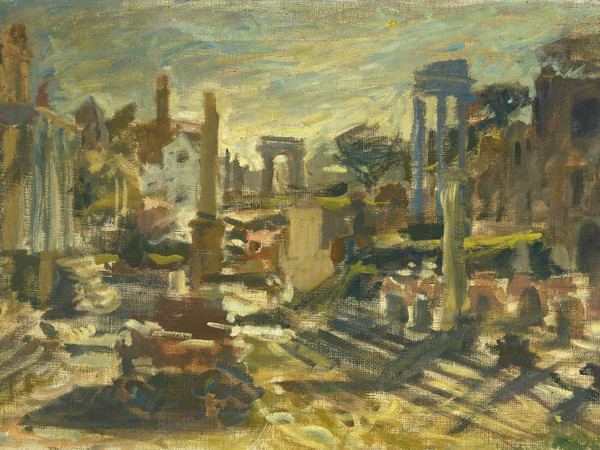Between myth and holy. Works from the Capitoline Collections of Contemporary Art | Photo: © Monkeys Video Lab
It happens from April 17 to September 14 thanks to the exhibition project of contemporary art entitled Between myth and holy. Works from the Capitoline Collections of Contemporary Art, Compiled by Antonia Rita Arconti, Claudio Crescentini and Ileana Pansino, initiative promoted by Roma Capitale, Capitoline Superintency for Cultural Heritage and organized by Zètema Project Culture.
“The exhibition – explains the curator Claudio Crescentini – focuses on the improvement of contemporary art collections in the deposits of the macro, but also of the Gallery of Modern Art and the Museum of Rome, as well as focus on the holiness investigated by the eye at the point of contemporary artists.
Between myth and holy. Works from the Capitoline Collections of Contemporary Art | Photo: © Monkeys Video Lab
The thirty works to see, the result of an accurate selection, investigate the way in which contemporary art expresses the relationship of man with the dimension of the holy, spirituality, myth. These heterogeneous works, including paintings, sculptures, photos, large installations, united by formal and poetic assonants that draw inspiration from a luggage of universally shared spiritual values such as birth, pain, reconciliation, sublimation, resurrection, a liquid path to reflect on the great questions.
“Although it did not start at Jubilee – Liliana Manzoino explains – The idea of this exhibition is perfectly married to the period and threw the museum’s collection. When a down payment leaves, the work meets a space, reborn”.
The impressive triptych Orapley supported by Paola Gandolfi (1998-99), celebration of one of the highest moments of Greek dramaturgia Goldfinger Miss By Mario Ceroli (1964). The silhouette of the goddess Botticelliana, serially reproduced on seven golden wooden shapes and reduced to pure stereotypical circumference, stimulates a reflection on the myths in contemporary society dominated by mass media. The concept of the temple is expressed instead by the monumental Cathedral By Alessandra Tesi (2002), included in the White room With its 750 thousand Opalescent Glass Pearls mounted on 650 threads, a lively threshold that immerses in the holiness of a real liturgical space. The circularity and continuity of existence reflects in the three square modules of the triptych Universal keyboard by Alessandro Valeri (2016), while Our first port of run -up By Simon Roberts (2016), disorienting photographic rework of postcards and snapshots that portray historic places in the urban landscape, we go to a place of worship.

Between myth and holy. Works from the Capitoline Collections of Contemporary Art | Photo: © Monkeys Video Lab
On the top floor, the religious iconography is recognized in the face of Maria by Andrea Fogli (1994), four photographic prints on a black background where the iconography of the Madonna, presented under different corners, produces an evanescent and dream -like effect. If the bronze sculpture Waiting for Godot By Marc Quinn (2006), a human skeleton with a natural size that is depicted on the knees and with the hands that have come in an unnecessary post -mortem prayer, shows the state of eternal expectation and hope in which humanity is located, theAngelo by Corrado Cagli (1958) and the San Sebastiano Nero Di Leoncillo (1963) offers a reflection on the theme of the passage and on the meditative time of perception.
Final phase the part Contemporary rituals and idolswith two works by Benedetta Bonichi where the themes of the holy, the ceremonial and death return by making themselves broad by the installation To see in the dark. Wedding (2002). Printing an image with the Xritrae rays a few spouses and the guests around a table with dishes and real fruit, with the eyes of the artist who, in perspective, see what we will be. The figure of the skeleton, with his disturbing presence, also appears on the image of a dollar in the work Oh my God! From 2023, on loan from the artist’s personal collection, a warning not to fall into the worship of land idols.
#Bilotti #Museum #Myth #Holy #lens #contemporary #art #Rome





